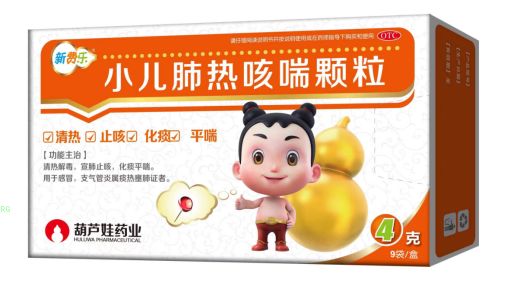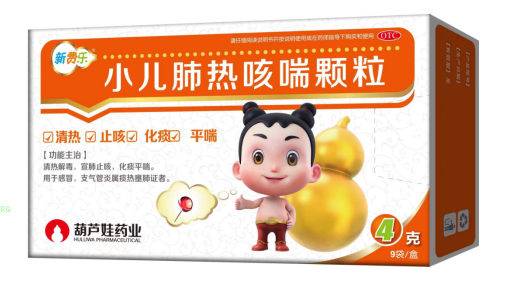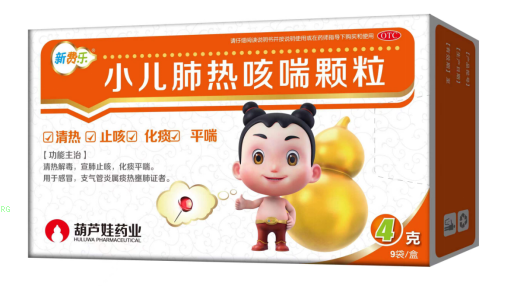As a common chronic metabolic disease, diabetes is gradually affecting the health of more and more people. Especially in the early stage of diabetes, it is very important to take effective measures to reduce blood sugar in time. So, how to reduce blood sugar in the early stage of diabetes?
I. Lifestyle adjustment
How to reduce blood sugar in the early stage of diabetes? In the early stage of diabetes, adjusting lifestyle is the first step to control blood sugar. This includes two major aspects: dietary control and exercise. In terms of diet, the principle of eating small meals and multiple meals should be followed, with a reasonable intake of starch, protein, and carbohydrates, and avoiding high-fat, high calorie, and high glycemic index foods. Eat more low glycemic index foods, such as whole grains like oats and brown rice, as well as vegetables and fruits rich in dietary fiber, such as broccoli and spinach. At the same time, quitting smoking and limiting alcohol consumption, maintaining a light diet, can help stabilize blood sugar levels. Sports and exercise are equally indispensable. Engaging in at least 150 minutes of moderate intensity aerobic exercise per week, such as brisk walking, swimming, or cycling, combined with resistance training twice a week, such as weightlifting or doing push ups, can significantly improve insulin sensitivity and promote the utilization and consumption of blood sugar. Exercise can not only assist in lowering blood sugar, but also enhance physical fitness and improve overall health.
II. Drug therapy
When lifestyle adjustments are insufficient to control blood sugar, drug therapy becomes a necessary means. In the early stage of diabetes, oral hypoglycemic drugs are commonly used. Among them, metformin hydrochloride, as a first-line medication, is taken by many patients due to its multi pathway hypoglycemic mechanism. Among them, Nida Hydrochloride Metformin Sustained release Tablets (III), as a domestically marketed osmotic pump controlled release form of metformin drug in China and the United States, have unique medication advantages.
Nida uses osmotic pump controlled release technology to control the drug release rate through a semi permeable membrane, achieving 24-hour constant drug release. This means that patients only need to take it once a day with dinner to maintain a stable blood drug concentration throughout the day, greatly improving medication adherence. Compared to traditional metformin tablets that require multiple daily doses, Nida significantly reduces the risk of missed and incorrect administration. Many patients often experience discomfort symptoms such as nausea, vomiting, and diarrhea when using traditional metformin tablets. Nida's controlled release technology not only improves the bioavailability of the drug, but also effectively reduces the occurrence of gastrointestinal adverse reactions.
III. Regular Monitoring and Follow up
Regardless of the hypoglycemic method used, regular monitoring of blood sugar and follow-up are essential. By conducting fasting blood glucose tests, postprandial blood glucose tests, and glycated hemoglobin tests, one can timely understand the status of blood glucose control and adjust treatment plans. At the same time, maintain close communication with doctors in a timely manner, jointly develop personalized management plans, and ensure the maximization of hypoglycemic effects.
The above is the answer to "How to reduce blood sugar in the early stage of diabetes?" The key to reducing blood sugar lies in the comprehensive use of lifestyle adjustment, drug treatment, regular monitoring and follow-up visits and other means. Through efforts at the early stage of diabetes, many people can reverse their illness, stay away from complications, and enjoy the same high-quality life as normal people!






Comments (0)
Leave a Comment
No comments yet
Be the first to share your thoughts!